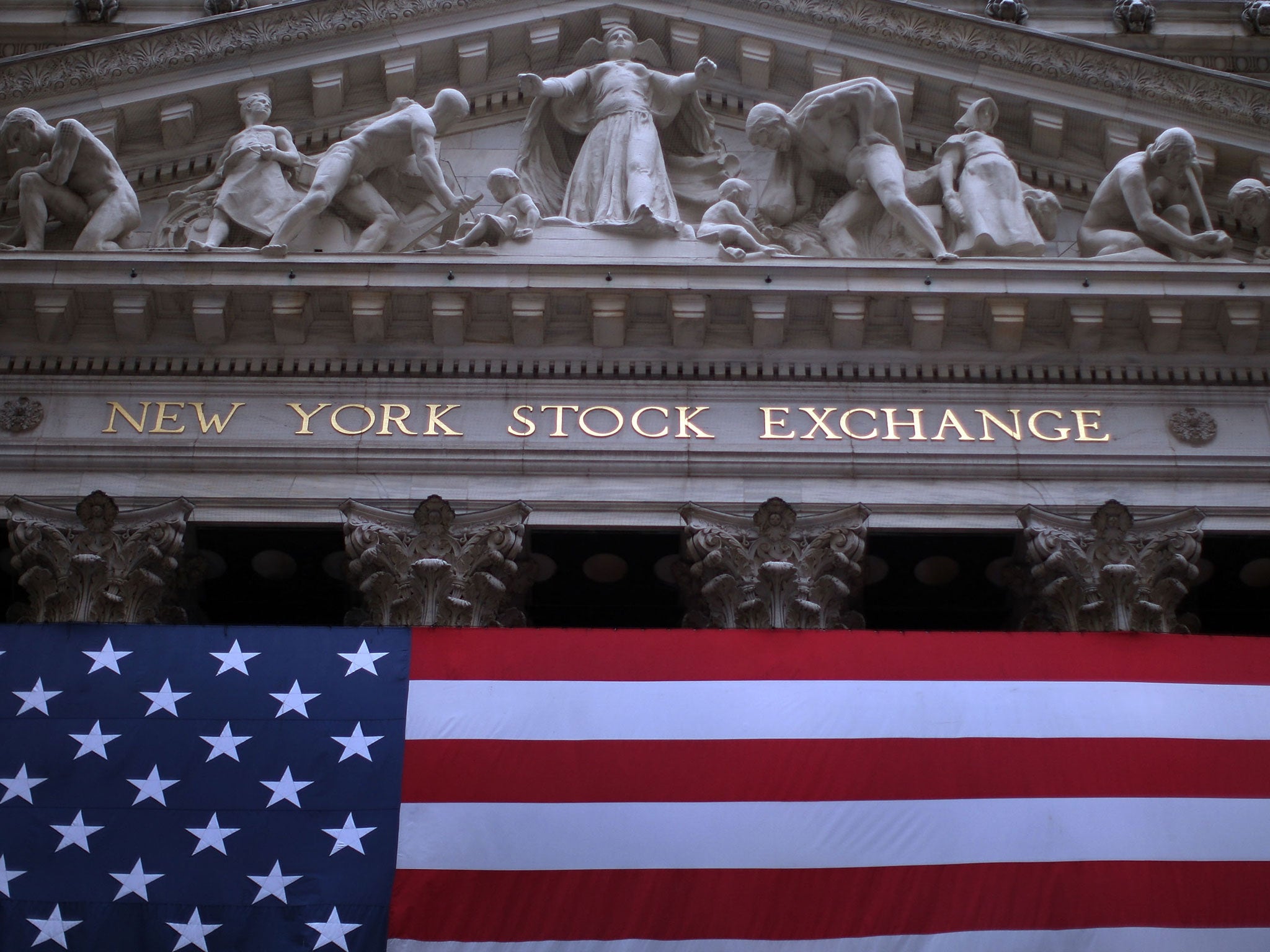There’s much to be said for normality in the US economy
Steady and solid growth – rather than boom and bust – shows a welcome return to stability


There is a spring in the step of the US economy, and it has to do not just with the better data coming through, but with a wider sense that the country is returning to “normal”. That is, normal interest rates, normal growth and normal levels of unemployment.
You have to be cautious when trying to pin down anything so nebulous as economic sentiment, but one recent shift is significant. It concerns the assurance that Janet Yellen, the new chair of the Federal Reserve Board, has given people that the Fed will, so to speak, do the right thing. She gave her first press conference here in Washington nearly two weeks ago, noting that interest rates would stay low for a considerable period after the Fed stopped its monthly purchase of treasury debt. When asked how long this might be, she said it might be “around six months or that type of thing”.
The initial reaction of one of shock – gosh, that means rates will start to go up about March next year rather than six months later as previously expected – and markets plunged. But since then there has been a reassessment. People have looked at the totality of what she said together with the Fed’s opening statement, instead of picking on one remark. Taken overall, this is that the Fed would continue with an exceptionally loose monetary policy for a while yet, but eventually policy would return to normal. The pace would be determined by the pace of the economy, and not triggered by a specific number such as the unemployment rate.
Put that way, what the Fed was seeking to do looked rather sensible – and, consequently, Ms Yellen appears rather sensible too. The return to normal interest rates is seen more as a signal that the economy is indeed back to normal than something to be feared.
But what is normal? The years up to the global financial crisis have come to be dubbed the “great moderation”. The developed world had periods of boom and bust but the magnitude of the swings seemed to be decreasing. Gordon Brown took some stick for claiming that Labour had eliminated “Tory boom and bust”, but if you take out the politics, his hubris mirrored that of the bankers who assumed that big swings in the economy would not occur again. We know now how wrong both were, and most of us assume that there will be big swings in the economy, here in the US as well as elsewhere, in the future. The new normal, it is widely argued, will be different from the old normal.
That may turn out to be right, but people in the US are beginning to wonder whether another period of the great moderation may have already begun. The most developed version of this argument has just been produced by the global economics team at Goldman Sachs. Their argument is that between 1984 and 2007, volatility fell in most of the developed world. It certainly happened in the US, but it also occurred in the UK. The early 1990s recession was not as bad as the early 1980s one, and the early 2000s downturn was not technically a recession at all. Then everyone became complacent and made huge errors of judgement, with the results we all know.
Now, the Goldman team argues, stability has returned. The data for the past three years shows that US employment has grown more steadily than at any time for the past 50 years. Consumption in the US had grown equally steadily. If this is right, the US will have several years of steady growth. One of the effects of tightened regulation in the banking sector will be to restrict the extent to which companies and households increase their borrowings. So the dangers of a boom getting out of control are much less. On the other side, we are less likely to plunge into a slump because the authorities have shown they will act to check that. After all, that is what the Fed has done and is committed to continuing. Janet Yellen made that quite clear.
I find this argument quite convincing. There has been much concern on both sides of the Atlantic about the quality of the recovery: that it is weaker than that of previous cycles and that it has been sustained only by the artificial stimulus of QE, which brings other problems. Those are reasonable worries and will continue until such time as living standards have recovered to their previous levels. There is a further concern. Lower volatility – not so high booms and not so deep slumps – does not of itself mean faster long-term growth. It may make it easier to sustain solid growth, and socially it is highly desirable. Not many people think boom and bust is a great way to run things.
Nevertheless, an America that grows steadily for the next four years would become a locomotive for the rest of the developed world. Goldman forecasts growth at or about 3 per cent through to the end of 2017 for both the US and UK. If that turns out to be the new normal, normal sounds OK to me.
Join our commenting forum
Join thought-provoking conversations, follow other Independent readers and see their replies
Comments